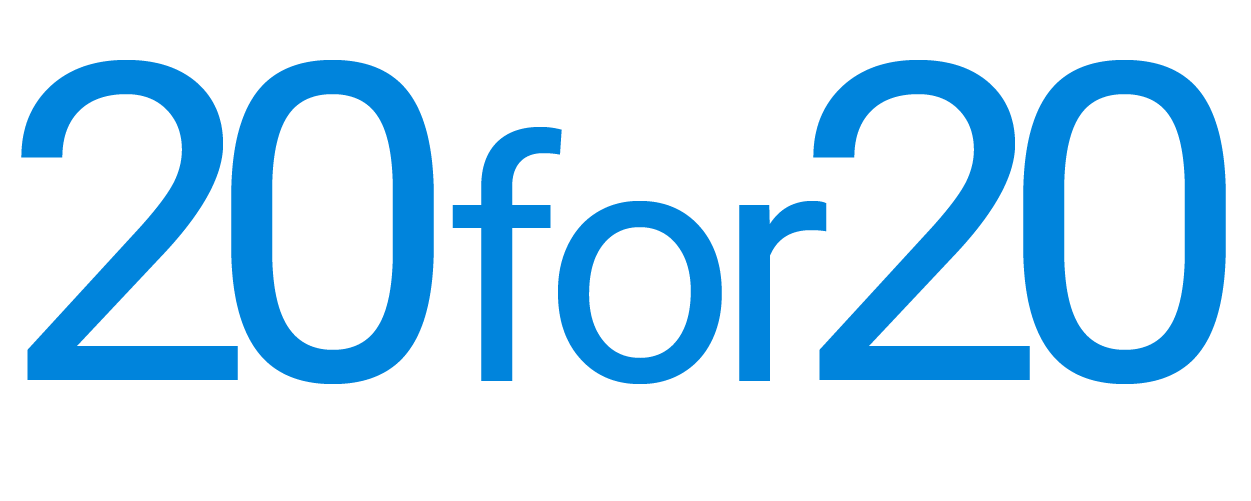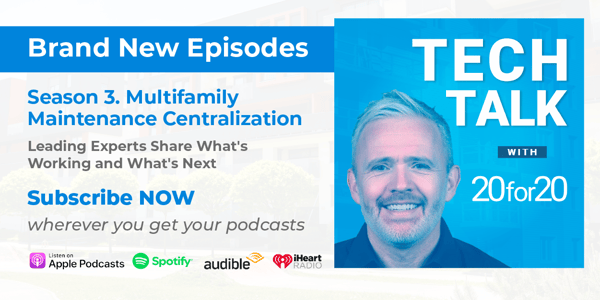
The year has started with a lot of fresh insight into centralization. First, there was the recent release of the new white paper about how third-party managers are progressing toward a centralized operating model. This week, the focus switches to another big centralization topic: maintenance.
Maintenance centralization is difficult, and the industry seems to be struggling with it. There are highly desirable benefits, including workforce flexibility, efficiency and savings, but changing the delivery model carries risk, as maintenance service is highly consequential in resident satisfaction and renewal decisions.
With no established template for centralizing maintenance, operators must think carefully about their improvement opportunities. They frequently do so in collaboration with technology suppliers with deep skills in maintenance transformation. And that is why I am recording a series of interviews with leaders of the industry’s top maintenance technology providers. Their experience working with their many clients provides a set of perspectives that help us evaluate the centralization strategies currently in progress.
The first interview in the series with Jindou Lee, the founder and CEO of HappyCo, will be released this week on the 20for20 podcast feed.
Components of Maintenance
Each of the interviewees describes the maintenance in a different way. To start to understand the improvement opportunities, it is helpful to break the process into its component parts. One interviewee offered three broad categories of maintenance activity:
- Intake: This involves managing the initial conversation with residents and creating the resulting work order.
- Scheduling: This focuses on the intelligence applied to how, when and by whom maintenance tasks are performed.
- Execution: The “feet on the street” part of the process is mostly about optimizing the time and allocation of maintenance resources to specific tasks.
Each of these components presents unique opportunities for improvement and innovation in maintenance centralization.
Intake is an area increasingly populated by AI agents, and it’s easy to see why. AI agents create an always-available, 100% consistent way of managing the resident conversation and creating detailed work orders. They also remove the need for maintenance teams to spend time collecting details from residents – a generally poor use of time.
The less obvious benefit is that a more tech-enabled intake process can potentially eliminate the need for some work orders altogether. When an AI agent can ask a resident to try resetting the GFCI outlet or tell them where to find the reset button on a garbage disposal, the work order can be avoided. For those work orders that require intervention, AI can gather far more detailed and higher-quality information to support the maintenance team.
Scheduling presents another opportunity that is central to all of the conversations this season: that centralized multifamily maintenance will look more like single-family operations. In scatter-site single-family and smaller multifamily operations, there are no site teams, so every work order requires a deliberate decision about who will perform the task.
Multifamily’s typical 1-to-100 coverage model leaves maintenance teams to self-organize. Single-family has to be more structured, which provides natural opportunities to schedule resources more strategically. In multifamily, some companies are separating turn-based and work order-based activities, layering in more effective resource scheduling and project management.
The upside of execution is mostly to do with using maintenance teams’ time efficiently. The coverage model is an obstacle here, too, as work orders tend to be handed over to the team (often printed!) with relatively little information about resolution going back into the system.
It is hard to understand productivity with patchy data, and legacy maintenance apps are not engineered to achieve high compliance with work order completion processes. Best-of-breed vendors address this gap in various ways, developing tools that enhance compliance and data capture.
Why Perspectives Matter
One of the most fascinating aspects of these conversations is the diverse DNA of competing maintenance solutions. Unlike other categories of software, these vendors approach the problem from vastly different starting points.
Some set out to improve asset protection, focusing on optimizing inspections or creating tools to track compliance across all operations. Others concentrated on the intake challenge, improving the process of gathering resident information and triaging work orders.
Some vendors adopted an organization-centric perspective, engineering maintenance as a set of processes, like planning a factory, or focusing on turns as a project management problem, with streamlined planning and collaboration. Finally, procurement, i.e., managing external vendors, was the first step in a couple of suppliers’ re-imagining of maintenance delivery.
Each company brings a unique perspective and critical insights into how the industry might evolve toward a more centralized vision of maintenance. The industry is currently grappling with these challenges—not because they are insurmountable, but because they require new ways of thinking and operating.
For a deeper dive into the problems being solved and the innovative approaches companies are taking, follow Tech Talk with 20 for 20 wherever you get your podcasts.
Photo by Andrea Piacquadio on Pexels



